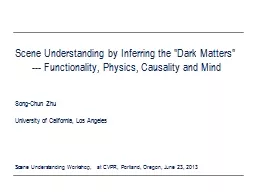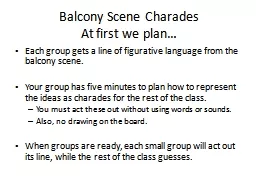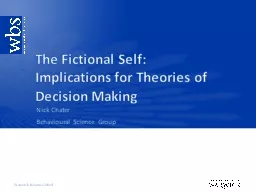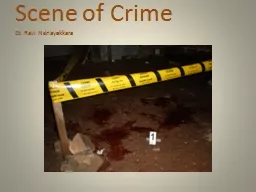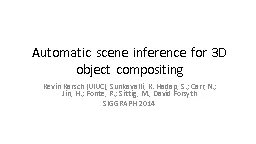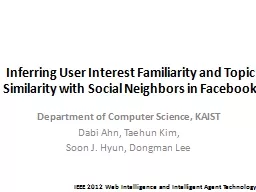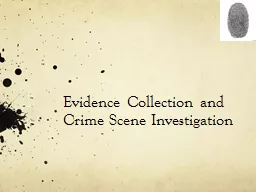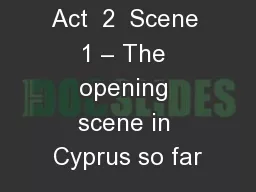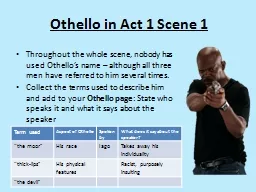PPT-Scene Understanding by Inferring the "Dark Matters"
Author : yoshiko-marsland | Published Date : 2016-07-08
Functionality Physics Causality and Mind SongChun Zhu University of California Los Angeles Scene Understanding Workshop at CVPR Portland Oregon June 23 2013 Dark
Presentation Embed Code
Download Presentation
Download Presentation The PPT/PDF document "Scene Understanding by Inferring the "Da..." is the property of its rightful owner. Permission is granted to download and print the materials on this website for personal, non-commercial use only, and to display it on your personal computer provided you do not modify the materials and that you retain all copyright notices contained in the materials. By downloading content from our website, you accept the terms of this agreement.
Scene Understanding by Inferring the "Dark Matters": Transcript
Download Rules Of Document
"Scene Understanding by Inferring the "Dark Matters""The content belongs to its owner. You may download and print it for personal use, without modification, and keep all copyright notices. By downloading, you agree to these terms.
Related Documents

